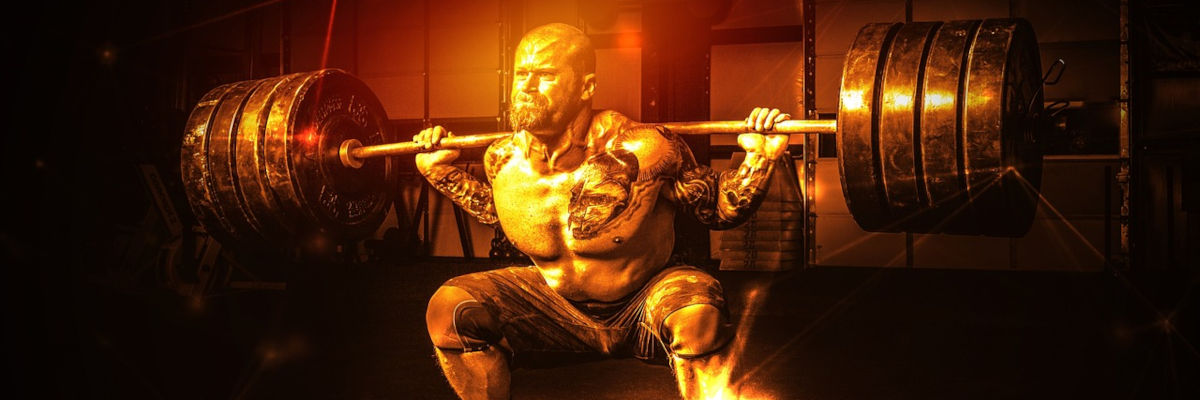Bodybuilding is an art and science where discipline, determination, and diligence are rewarded with a physique that is not only aesthetically impressive, but also optimally functional. However, like all physical disciplines, it comes with risks, of which the most common being bodybuilding injuries. Ensuring safety while continuing to progress is a delicate balance to maintain, making avoiding bodybuilding injuries a primary concern for both neophyte bodybuilders and seasoned professionals alike.
In this article, we delve into the world of muscle building to identify common bodybuilding injuries, and provide comprehensive strategies on how to prevent injuries in bodybuilding. By the end, you should have a well-rounded understanding of how to sustain your bodybuilding journey while significantly minimizing the risk of injury.
Common Bodybuilding Injuries
Starting with a clear understanding of common bodybuilding injuries is crucial as it enables us to identify potential pitfalls that can derail our bodybuilding journey. The most frequent injuries bodybuilders experience are strains, sprains, tears, and inflammation of muscles, joints, tendons, and ligaments. Muscle strains and sprains often result from improper lifting technique, while joint issues mainly stem from overuse or improper form over time. Tendon and ligament injuries can result from a sudden force or increasing the load too rapidly. Most injuries occur in the back, shoulders, knees, and wrists, although no part of the body is immune.
Avoiding Bodybuilding Injuries: The Role of Form and Methodology
Now that we have outlined the common bodybuilding injuries let's delve into the first strategy of injury prevention: mastering proper form and methodology. A big mistake many beginners make is putting too much focus on how much they can lift rather than how well they can lift it. Lifting weights with poor form is one of the fastest routes to injury, even if the amount of weight doesn't seem excessive.
Maintaining proper form when lifting involves positioning your body and moving in a way that maximises muscle engagement while minimising stress on the joints and ligaments. This requires a clear understanding of biomechanics or how your body moves. Hiring a professional trainer or investing time in learning proper techniques is an effective way to ensure safety when lifting.
Understanding your body's limits and knowing when to push is integral to your success in bodybuilding. Building muscle and achieving your fitness goals should not come at the cost of your well-being. Let's delve deeper into effective strategies to sustain your bodybuilding journey and sidestep injuries.
Proper Warm-Up and Cool-Down
Adequate warm-up exercises increase body temperature and blood flow to the muscles, preparing your body for an intensive workout. Skipping a warm-up can lead to a higher risk of strains and muscle tears. Likewise, cooling down after a strenuous workout allows your heart rate and blood pressure to return to resting levels gradually, reducing the chances of dizziness and other post-workout discomforts.
Rest and Recovery
Rest and recovery are essential components of any training program. Overexertion can lead to injuries and impair muscle growth. Rest days allow muscle tissue to repair and grow, leaving you stronger for your next workout session. Moreover, adequate sleep is crucial for muscle recovery and should be an integral part of your bodybuilding plan.
Proper Technique and Form
Incorrect exercise techniques can lead to injuries such as muscle pulls and strains or even serious conditions like herniated disks. Work with a qualified coach or personal trainer who can guide you in correct form and technique, ensuring your safety while optimizing growth.
Nutrition
Proper nutrition is crucial in bodybuilding and recovery. A balanced diet of high-quality protein, complex carbohydrates, and healthy fats fuels your workouts and aids in muscle recovery. Hydrating sufficiently before, during, and after workouts can also ward off injuries and contribute to overall performance and health.
Listen to Your Body
It's important to listen to your body and understand the difference between good pain, like muscle soreness, and bad pain, like joint discomfort or sharp pains. If you're injured or feeling unwell, it's okay to take a break or modify your workout. Remember, the goal is long-term progress, not short-term gains at the risk of your body's well-being.
By adopting these strategies into your bodybuilding approach, you can ensure a successful and sustainable journey while avoiding potential health risks and injuries.




